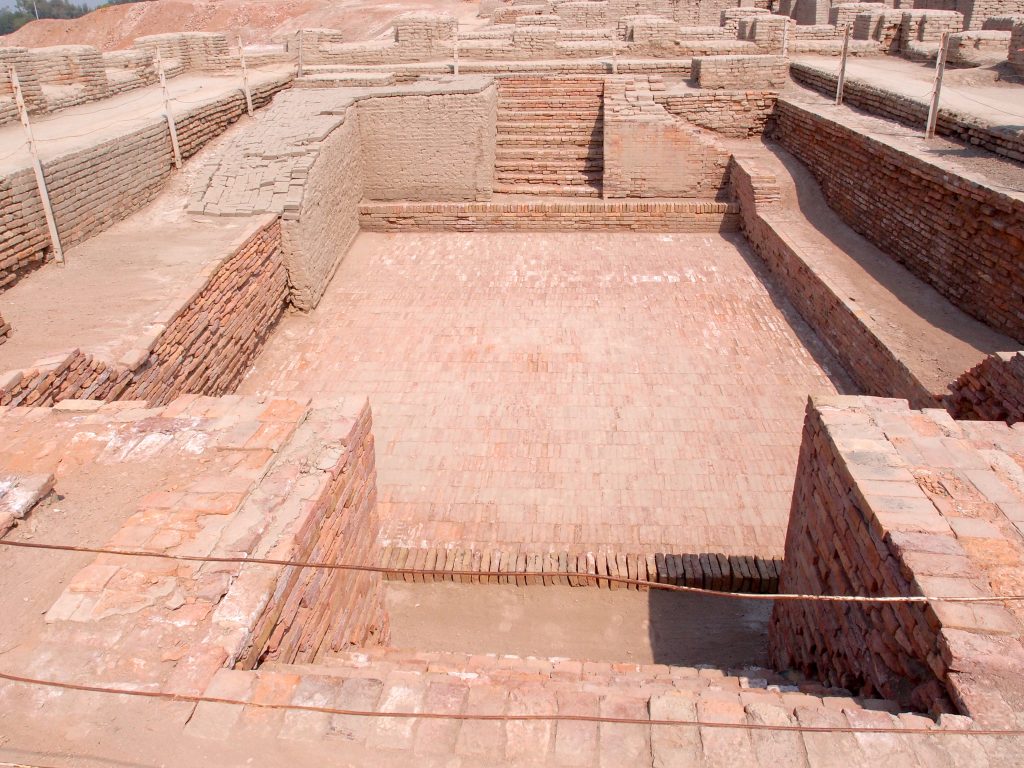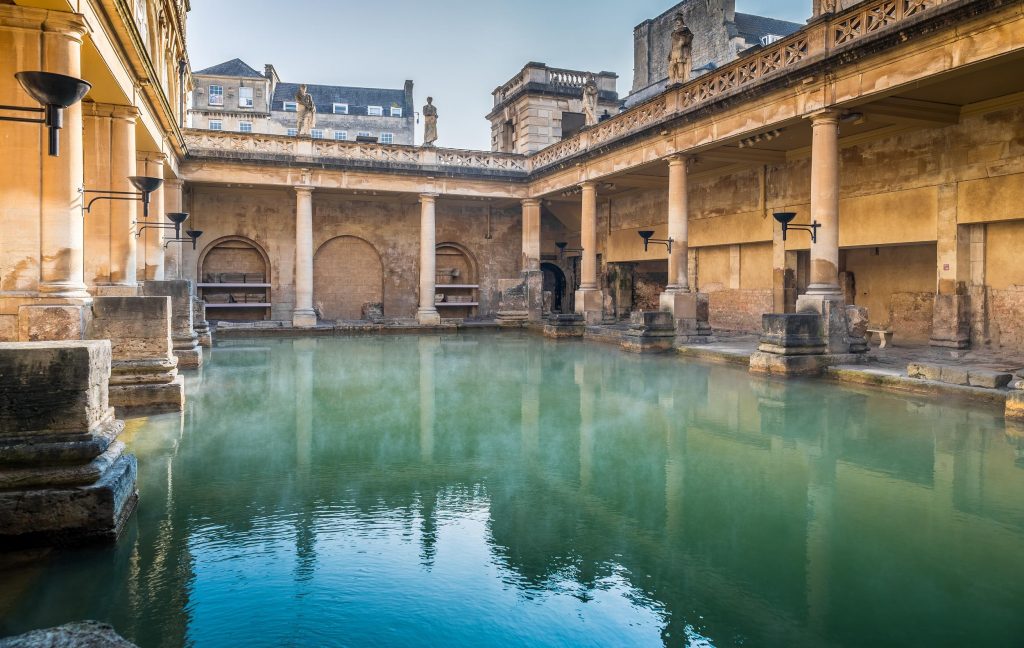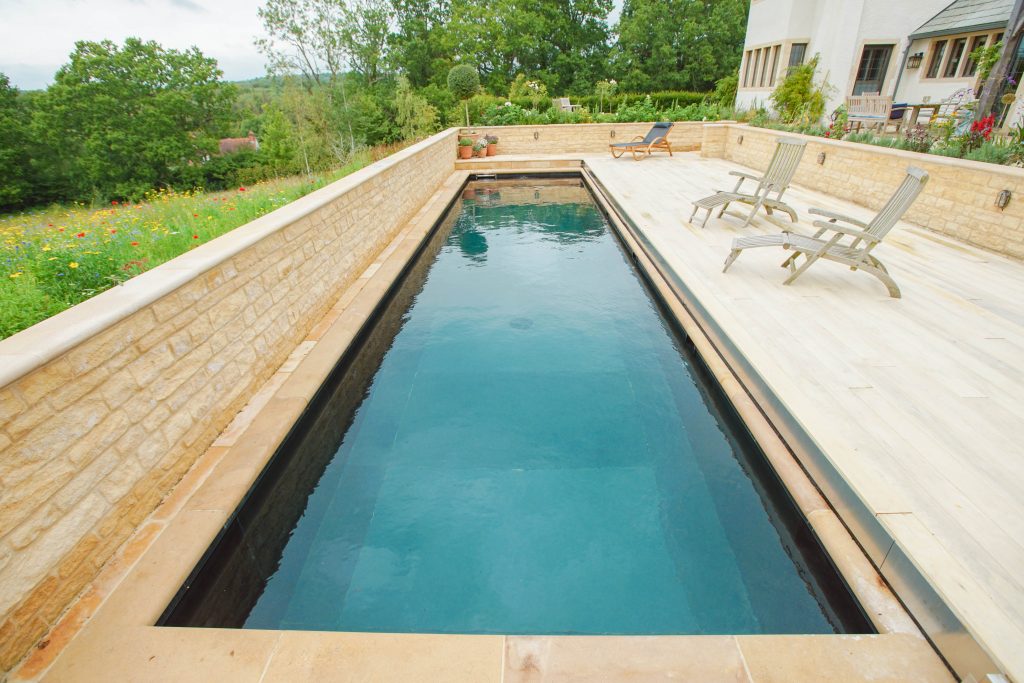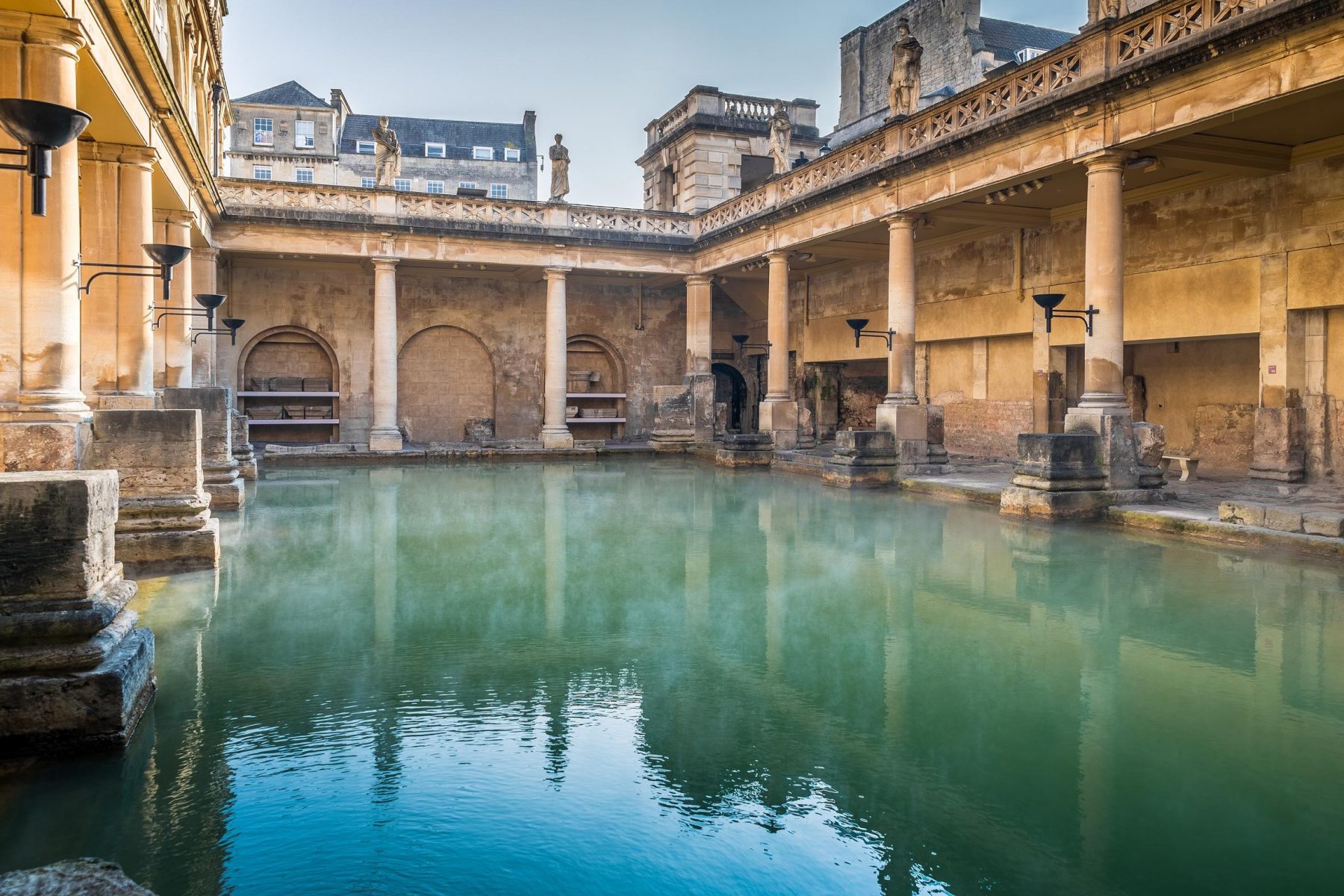Swimming pools have been viewed as a symbol of luxury for years, although not many people know about the history of them, such as when was the first swimming pool built? How were they made? How long did it take for swimming pools to become a popular sign of wealth? Take a trip through time with us to uncover the history of swimming pools and natural swimming pools.
A Path Through Time
Swimming pools have been around for centuries, but they didn’t always look at how they do now. And for a while, they weren’t heated.
It has been speculated that swimming started as an organised activity as far back as 2500 BC in Ancient Egypt to start off our trip through the history of swimming pools, which quickly spread. Although, the “Great Bath” at the site of Mohenjo-Dara in modern-day Pakistan is most likely the first human-made pool built, in the 3rd millennium BC. The pool itself measures 12 x 7 metres wide with a depth of 2.4m, lined with bricks and was covered in a tar-based sealant. However, many scholars agree that while the pool was the first to be built, it was only used for religious or ceremonial purposes, rather than recreational.

Greece – 800 BC
This brings us to Ancient Greece! The Ancient Greeks played a significant role in the development of how pools were to be used. During the period 800 BC – 600 BC, the Greek Empire observed a considerable boost in their economy and overall standard of living, so the construction of pools began. These pools were primarily designed for bathing and hygienic purposes, although, this began to change.
The Greeks began to build outdoor recreation centres, known as “Palaestras”, which featured an open court and a swimming pool. This enabled a friendly place to meet people or exercise. This allowed a shift of pools towards recreation use. However, the significant development of recreational use happened with the Romans.
Rome – 100 BC
Later, the Romans would take the open plan of the communal pools that the Greeks loved and improved them dramatically.
With the use of thermal springs, the Romans would create extravagant and lavish bathhouses in design, clothed in marble and decorated with ornate statues and frescoes. As the peoples of Rome became wealthy, they would commission architecturally designed swimming pools that would be a focal point for feasts and even orgiastic activity. These opulent swimming pools catered for the ultra-elite of Rome, separating bathing pools from swimming pools.
Meanwhile, bathing pools incorporated some of the first water circulation systems, featuring a series of aqueducts linked to a natural source that supplied a steady stream of fresh water. Although, the most exciting development by the Ancient Romans was the heated pool built by Gaius Maecenas, an advisor to Gaius Octavius, and was heated by a manual furnace system.

100 BC – 1800 AD
Not much happened in the world of swimming pools during this period. While the Romans raised the practice of swimming pools and bathhouses to that of fine art, swimming pools in Europe were not seen again until 19th Century England.
Great Britain | London – 19th Century
With numerous developments in water treatment and management, Great Britain helped create the blueprint for the new swimming pool. This was when recreational pools became much cleaner and more sanitary.
Around the same time as this, the National Swimming Associated of England promoted the culture of competitive swimming, which dramatically influenced the construction of several indoor pools across England. In response to the growing trend of competitive swimming, the Amateur Swimming Association was formed — this organisation paved the way for swimming’s recognition as a sport. The association’s impact was so high that it eventually led to swimming being included in the Olympic games for the first time in 1896 (Athens, Greece).
After the modern Olympic games, the pools became even more popular as swimming races, and swimming competitions were among the first events at the Olympics. As general levels of wealth increased, so too did swimming pool construction. Many wealthy socialites would have swimming pools built for the improvement of their friends and families.
Swimming Pools as We Know Them Today
Recreational swimming took off during the 1900s. And as the years passed, numerous developments were made, including build improvements like vinyl and fibreglass material, as well as the addition of pool equipment like heaters and pumps. But it was during the 20th Century when pools earned their place in the backyards of many homes.
Natural Swimming Pools
Natural Swimming Pools are defined as pools that use naturally occurring biological water filtration and treatment methods to provide pure and clean bathing facilities that mirror natural bodies of water, without the use of chemical treatment.
The new natural swimming pool ‘movement’ is considered to have started with Gottfried Kern in Austria in 1954. He partitioned free-standing water from a ‘regeneration zone’, where plants and animals could live undisturbed, but could also venture out into the swimming area.
The first natural pools appeared in Austria and Germany in the 1980s. There has since been a rapid increase in numbers, with over 20,000 public and private natural pools now in Europe. Although legal and technical barriers had to be overcome, to enable the step from private to public natural pools.
Natural Swimming Pool Timeline
- The first public natural swimming pool, created by Biotop, was opened in Klosterneuburg, Austria, in 1991.
- Natural swimming pools arrived in the UK in 2001 – the first was at a private residence in Gloucestershire by Michael Littlewood.
- In 2011, Clear Water Revival created the world’s first natural indoor swimming pool.
- In 2015, the UK’s first public natural swimming pool was opened at King’s Cross in London.
- Since the first natural swimming pool was built, over 4,500 natural pools have been installed to date.

A Filtration Innovation
Here at CWR, our technology has been designed and developed in the UK by leading water science experts who are on-hand and easily accessible. This makes the hand-over process as well as ongoing technical maintenance prompt and hassle-free. Our labs and test pools at the University of the West of England allow our scientists to continually improve our systems and monitor client’s pools to ensure optimum performance.
We hope you have enjoyed our blog on the history of natural swimming pools. To continue reading more of our blog posts, click here. Keep up to date with our social media pages so you don’t miss out on important updates from CWR; Facebook and Twitter.


